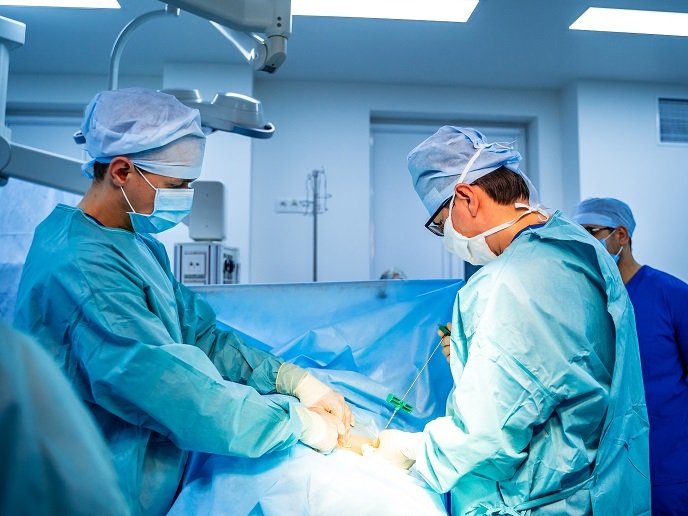3D-printed biomaterials deliver bone transplant benefits
Bone is the second most transplanted tissue after blood, with nearly 2 million grafting procedures performed every year. Bone transplants are sometimes carried out following a fracture, an infection or the discovery of a tumour. Nearly half of these operations take place in the EU. These procedures however are not without drawbacks. Autologous(opens in new window) bone grafts – in which bone is harvested from the patient – often require several surgical operations, and have a high morbidity rate. “Grafts from bone banks or animals also present technical as well as ethical problems,” adds Bone3Dmatch(opens in new window) project coordinator Ana Chinea from Mimetis(opens in new window) in Spain. “These include adverse immune responses and disease transmission.”
New biomaterials investigated
The good news is that advances in synthetic bone grafts have opened up new surgical possibilities, with the benefits of increased availability and sterility and reduced morbidity. To date however, available synthetics have not been able to offer the same level of functionality as natural bone. The goal of the EU-funded Bone3Dmatch project was therefore to address this specific challenge, by developing synthetic bone substitutes that deliver superior performance. “Our solution to this challenge was biomimicry,” explains Chinea. “In other words, we wanted to develop bone graft substitutes that more closely mimic the characteristics of bone.” New biomaterials with natural bone properties were investigated, to see if these could help support bone regeneration and patient recovery. Another key aim of the project was to identify and develop biomaterials that could be efficiently 3D-printed. This would enable the cost-effective tailor-made production of scaffolds(opens in new window), to meet individual patient needs and treat complex bone defects.
3D-printed synthetic scaffolds
The project team was successful in developing a biomaterial that was recognised as natural bone by bone cells, and thus capable of accelerating bone regeneration and patient recovery. A number of medical centres participated in these trials. A priority of the project team was ensuring that all ethical and regulatory considerations were fully taken into account. Furthermore, by applying advanced 3D printing technologies, the team was able to manufacture patient-specific scaffolds in less than 72 hours. “This would enable us to treat complex bone defects, and bring forward more patient-specific treatments,” says Chinea. This manufacturing process was finally optimised and scaled up, and a business plan for bringing this innovation to market developed.
Biomaterial innovations to market
Project results are still being collected and analysed, which will help the project team to further improve the efficacy and safety of the product. Next steps include finalising the clinical trials, publishing the results and starting commercialisation in both Europe and the United States. “Bone3Dmatch has helped to accelerate the market introduction of next-generation biomaterials for use in 3D-printed scaffolds,” notes Chinea. “The project has helped to position Europe at the forefront of bone regeneration medicine, and will potentially bring substantial benefits to the lives of millions of people worldwide who suffer from bone defects.” The project team eventually hopes to deploy a decentralised business model, where hospitals around the world will be able to print their own patient-specific implants using this biomimetic biomaterial.







